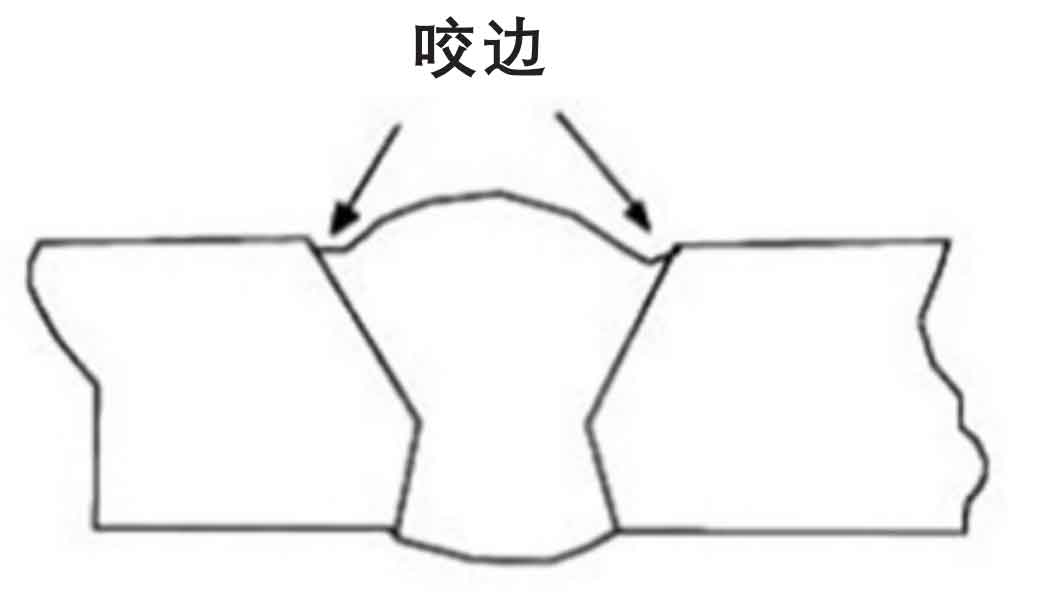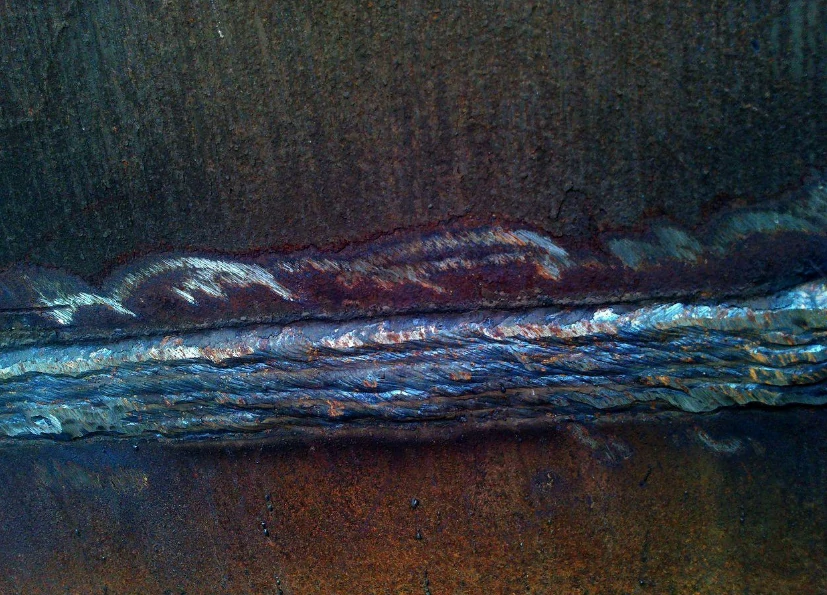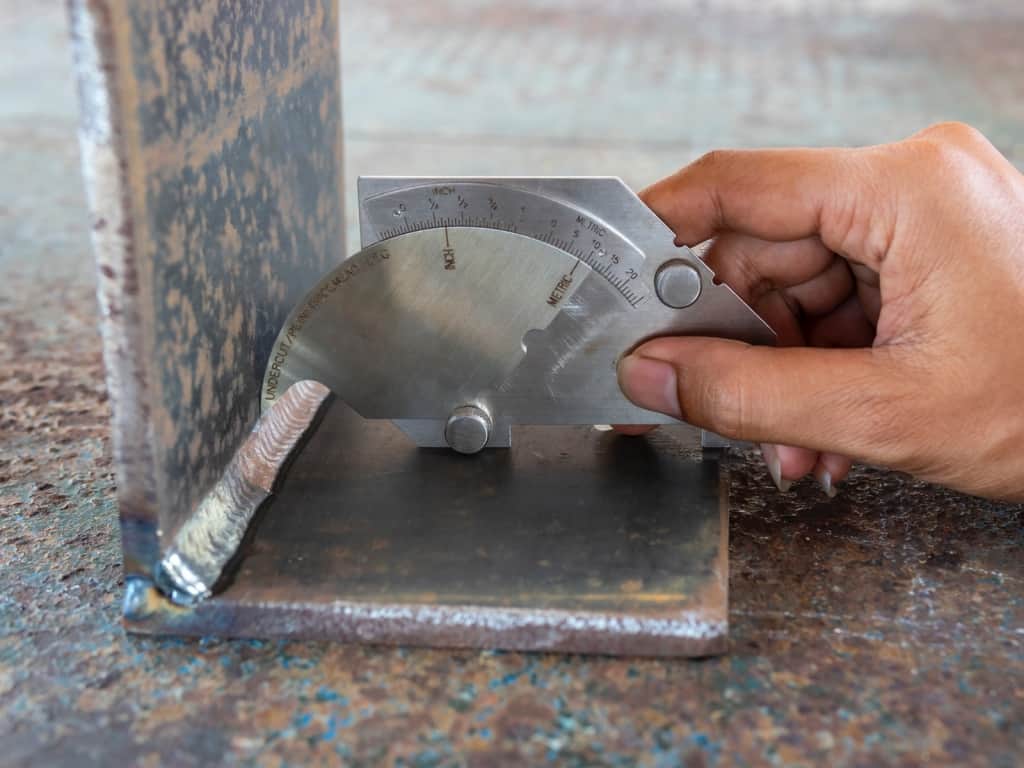Necessary Tips for Welders: Protecting Against Undercut Welding and Ensuring Stronger Weld Joints
In the world of welding, achieving solid and long lasting weld joints is the cornerstone of creating high-quality job. One typical difficulty that welders often run into is undercut welding, which can compromise the integrity of the weld joint.

Understanding Undercut Welding
Undercut welding is a typical welding problem that takes place when the weld steel falls short to effectively fill the groove and leads to a groove-like anxiety along the weld bead. This issue deteriorates the weld joint, making it prone to breaking and failing under anxiety. Undercutting can be caused by various factors, consisting of extreme welding existing, high welding speed, improper electrode angle, wrong electrode dimension, and poor welding strategy.
Among the main reasons for undercut welding is an inequality between the welding existing and the welding rate. If the welding current is too expensive or the welding rate is also fast, the weld metal may not properly fill the groove, bring about undercutting. Additionally, using an electrode that is too large can cause a comparable result, as the excess steel can not appropriately move into the groove.
To avoid undercut welding, welders should guarantee they are utilizing the correct welding parameters, keep an appropriate electrode angle, select the ideal electrode size, and method correct welding methods. By resolving these elements, welders can lessen the danger of undercutting and produce stronger, extra trustworthy weld joints.
Proper Welding Method
Reliable welding technique plays a critical duty in guaranteeing the quality and stability of weld joints. One essential element of correct welding method is maintaining the appropriate angle and distance in between the welding weapon and the workpiece.
Furthermore, a regular and constant hand activity is necessary for producing strong and durable weld joints. Welders need to intend for smooth, uniform movements to ensure also circulation of the weld material. Correct manipulation of the welding weapon and filler material is additionally key to achieving ideal infiltration and combination.
Additionally, managing the warm input and choosing the appropriate welding specifications based on the material being bonded are important consider attaining high-grade welds - Preventing weld undercut. Welders need to adhere to the recommended settings supplied by welding treatment requirements and readjust them as needed based upon the certain requirements of the task. By mastering correct welding techniques, welders can considerably boost the toughness and dependability of their weld joints
Selecting the Right Electrode
Preserving the proper angle and distance in between the welding gun and the workpiece is essential when taking into consideration the importance of choosing the appropriate electrode in welding applications. The option of electrode plays an essential duty in identifying the quality and toughness of the weld joint. Electrodes come in different kinds, each developed for particular functions and products.
To start with, selecting the ideal electrode diameter is vital. Thinner electrodes are suitable for welding thin products, while thicker electrodes are much better for thicker products and greater heat applications. Matching the electrode diameter to the density of the work surface aids achieve a balanced weld.
Second of all, understanding the product composition of the electrode is important. Various electrodes are designed for welding specific materials like steel, stainless steel, aluminum, or cast iron. Using the correct electrode material makes sure good combination and lessens the risk of problems in the weld.
Last but not least, thinking about the welding placement and strategy is critical when selecting the electrode kind. Specific electrodes are much better fit for upright or overhanging welding placements, while others function well for level or straight placements. More about the author Picking the appropriate electrode based upon the welding technique improves the overall weld top quality and stability.
Preparing the Base Metal
To guarantee an effective welding procedure, what preliminary steps should be taken when preparing the base metal for welding? Effectively preparing the base metal is critical for achieving solid and long lasting weld joints. The initial step in preparing the base steel is to clean it thoroughly to get rid of any type of pollutants such as rust, paint, dust, or oil. This can be done utilizing a cable chemical, mill, look at this site or brush solvents. Furthermore, any existing weld product or deposit from previous welding ought to be gotten rid of to guarantee a tidy surface for the brand-new weld.

Performing Post-Weld Examinations

After conducting these assessments, welders need to compare the outcomes versus industry standards and task demands to guarantee that the weld joint meets all essential requirements. Any kind of variances or insufficiencies found during the post-weld inspection needs to be without delay dealt with with ideal corrective procedures to ensure the weld's integrity. By faithfully executing post-weld inspections and immediately attending to any type of problems, welders can support the top quality and dependability of their work, eventually adding to the safety and long life of the welded frameworks.
Final Thought

In final thought, preventing next undercut welding and ensuring more powerful weld joints require a mix of proper welding technique, selecting the appropriate electrode, preparing the base metal correctly, and conducting post-weld examinations. By comprehending the reasons for undercut welding and implementing the needed precautions, welders can create top quality weld joints that satisfy sector standards and make sure the architectural honesty of the welded components.
Undercut welding is an usual welding issue that takes place when the weld metal stops working to properly fill up the groove and results in a groove-like clinical depression along the weld bead (Preventing weld undercut). Damaging can be triggered by different factors, including too much welding existing, high welding speed, improper electrode angle, inaccurate electrode size, and inadequate welding method
One of the major reasons for undercut welding is an imbalance in between the welding existing and the welding speed. If the welding current is also high or the welding rate is as well quick, the weld steel might not appropriately fill the groove, leading to damaging.Maintaining the proper angle and distance in between the welding gun and the work surface is basic when considering the importance of picking the appropriate electrode in welding applications.